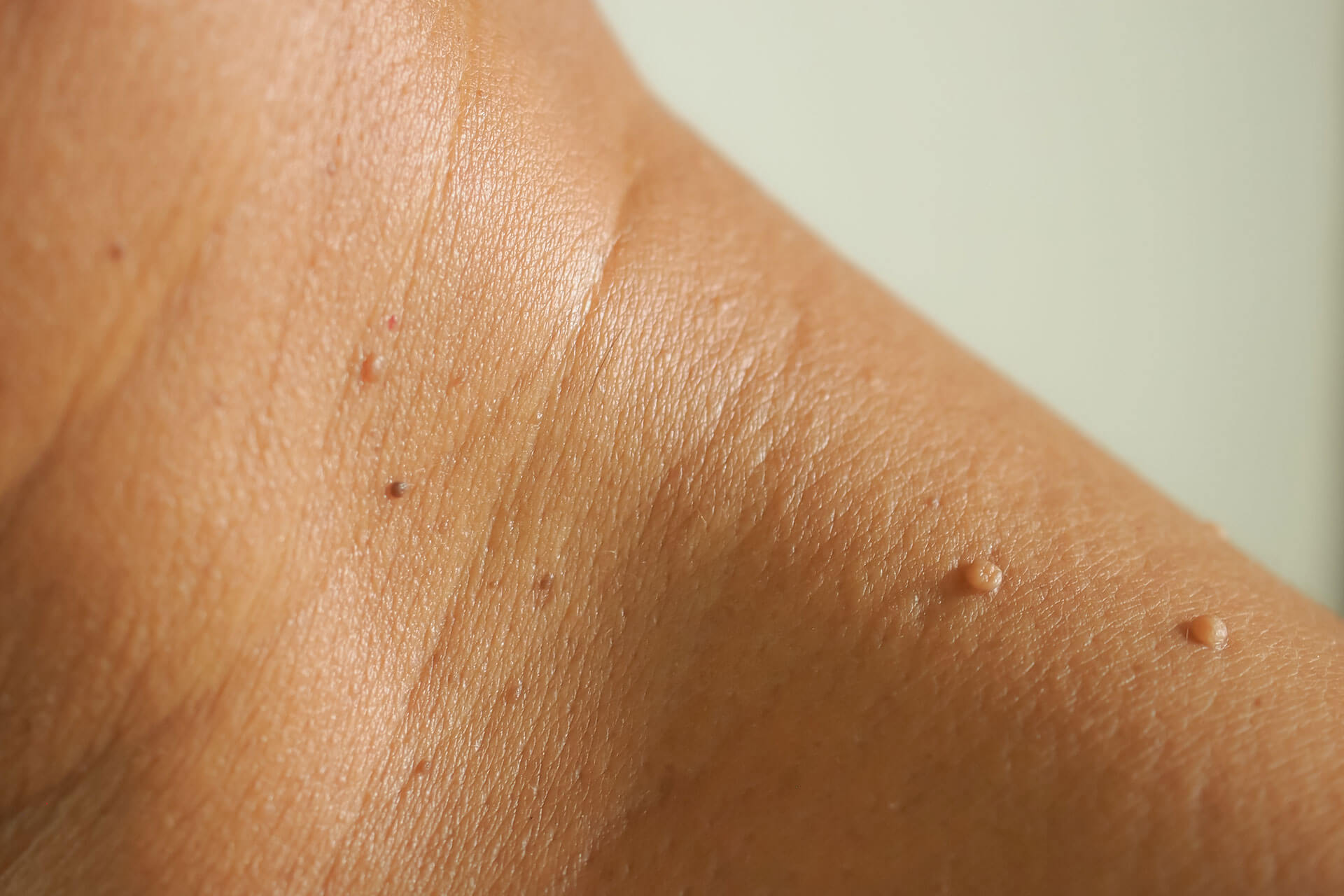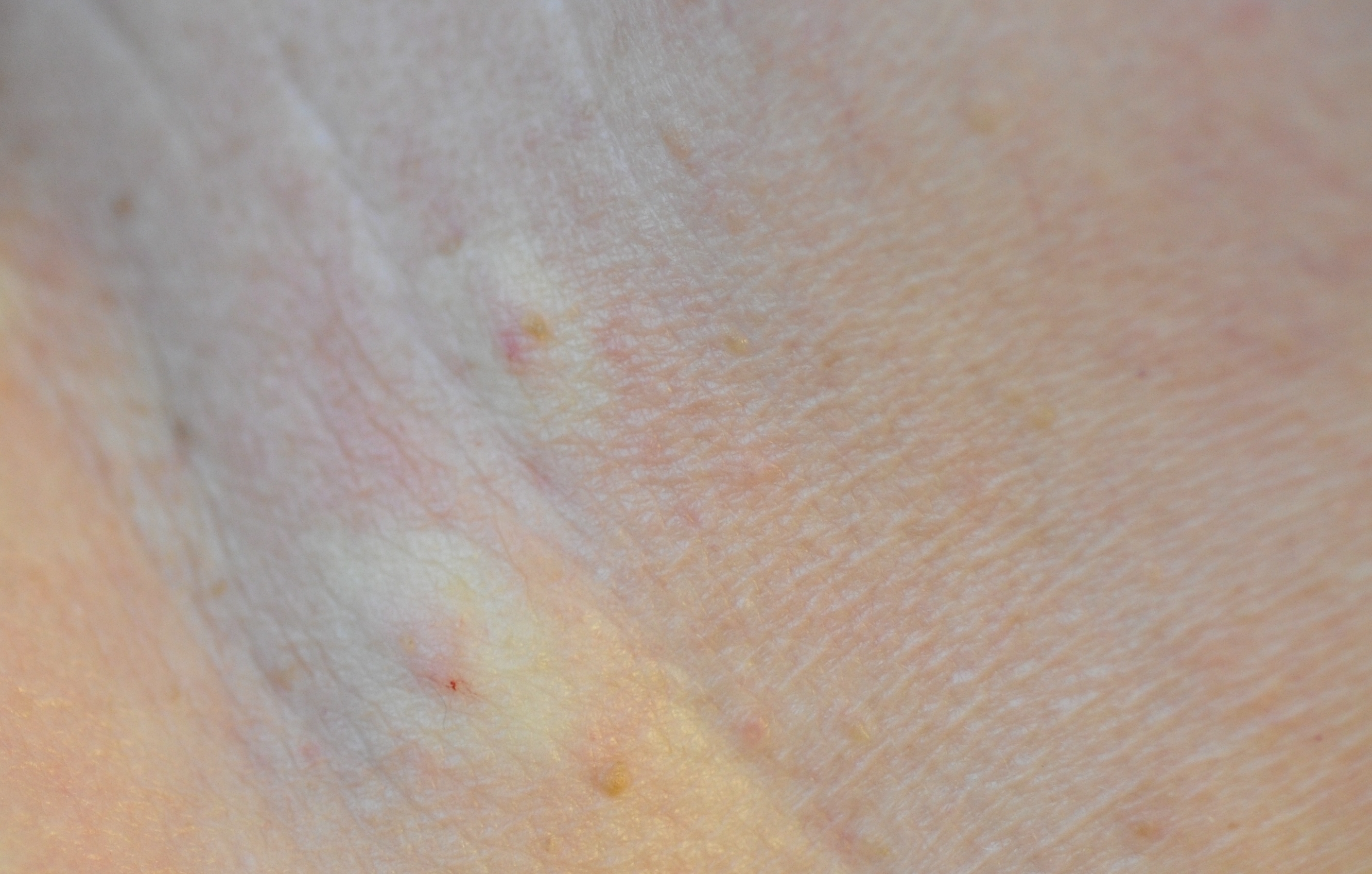
The first photo shows a large dysplastic nevus. The second photo shows small moles on a person's back.ĭysplastic nevi are often larger than 5 millimeters wide. The first photo shows a common mole that is less than 5 millimeters (about 1/4 inch) wide.
PICTURES OF SKIN TAGS AND MOLES SKIN
Photos of Moles Common MolesĬommon moles that are evenly tan or brownĭysplastic nevi that are a mixture of tan, brown, and red/pinkĪ common mole that is round with a distinct edgeĪ dysplastic nevus with an irregular edge and the color fading into the skin around itĬommon moles that are smooth spots on the skinĭysplastic nevi with scaly or pebbly surfacesĪ common mole is usually small. The photos below show the difference between common moles and dysplastic nevi. People should also tell their doctor if they see a new mole that doesn't look like their other moles. If the color, size, shape, or height of a mole changes or if it starts to itch, bleed, or ooze, people should tell their doctor. However, most dysplastic nevi do not turn into melanoma. People who have many dysplastic nevi have a greater chance than others of developing melanoma, a dangerous form of skin cancer. It may have a mixture of pink, tan, or brown shades. Close post-treatment follow-up is important to ensure we can address any concerns, review results and ensure client satisfaction.A common mole ( nevus) is a small growth on the skin that is usually pink, tan, or brown and has a distinct edge.Ī dysplastic nevus is often large and does not have a round or oval shape or a distinct edge.
PICTURES OF SKIN TAGS AND MOLES FREE
If you would like to book an appointment to discuss whether this is a suitable treatment option for you, you can book a free 30-minute telephone with us the first instance prior to coming to the clinic where we will be more than happy to guide you through your options and answer any questions.Ĭontinuity of care is important to us, we offer complete wrap-around patient care from consultation to aftercare. (could link here to the post-healing cream and sunblock I use post-treatment. It is vitally important to apply sunblock (SPF 50+) to sun-exposed areas such as the face, neck and hands until the area has completely healed and repigmented back to your normal skin tone.

Healing time varies from client to client, depending on the skin type and the nature of the skin lesion that has been treated. Healing time can take anything between 4-6 weeks, although some much smaller lesions may heal in less than 4 weeks. Here at TheHealthTree Clinic, we take the safety of our clients seriously which is why all skin lesions are assessed prior to treatment with our NMC(Nursing Midwifery Council, body of registration) registered Nurse Practitioner, Gabriella Greco-Turner, GP or Dermatologist.

The good news is that a multitude of skin lesions can be removed using a procedure called CRYOTHERAPYwhere they are quite simply ‘frozen off’.

While they may be harmless and are no cause for concern, you may feel bothered by them if they catch on clothing or by their prominence. There are many different types of skin lesions, from MOLES, skin tags, warts age spots and other skin growths that appear on the face and body. Here at TheHealthTree Clinic, we offer a quick, low-risk solution to these common skin lesions with Freezepen. However, the need for safe, effective removal of these lesions is still necessary and important to some individuals. Did you know…the removal of skin lesions such as skin tags, milia, cherry angiomas, age spots and benign moles is no longer treatable as a standard NHS procedure?


 0 kommentar(er)
0 kommentar(er)
